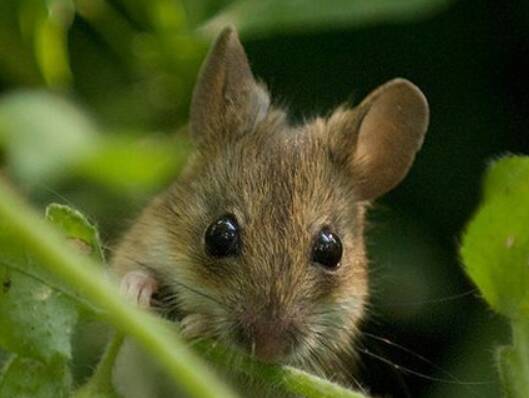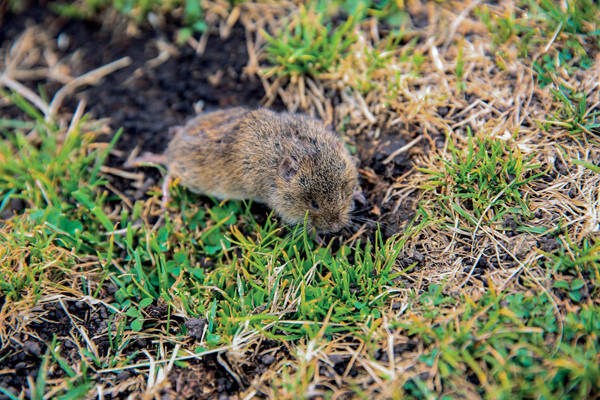Garrulax formosus
IUCN
LCBasic Information
Scientific classification
- name:Garrulax formosus
- Scientific Name:Garrulax formosus,Red-winged Laughingthrush
- Outline:Rodents
- Family:Rodentia Cricetidae Microtus
Vital signs
- length:10-13cm
- Weight:
- lifetime:
Feature
The snout is short and blunt, the ears are short and small, and the tail is very short.
Distribution and Habitat
This species has a wide distribution range. In China, it is distributed in alpine shrubs and meadows north of the Tianshan Mountains in Xinjiang. The population is relatively large in the Tianshan Mountains, Bayinbuluke Grassland, and Altai Mountains. Abroad, it is distributed throughout Europe.
It lives in meadows near rivers. In Xinjiang, China, it lives in mountain forest meadow grasslands, mountain grasslands, and piedmont plains and valleys below 2,300 meters above sea level.
Appearance
It belongs to the small and medium-sized vole family. The body length is 100-130mm, with an average of about 110mm. The tail length is 30-40mm, which is about 35% of the body length. The back of the body is yellowish brown or light yellowish brown. The ventral hair is light yellow to grayish white, and the tail is two-colored above and below, brown-black on the back, grayish white on the ventral side, and there is longer hair at the end of the tail. In terms of skull morphology, there is a longitudinal ridge on the posterior edge of the frontal bone, which is combined with the pterygoid bone to form two pterygoid fossae. The first lower molar has 5 closed triangles, with 5 angular processes on the inner side and 4 angular processes on the outer side; the second upper molar has 2 angular processes on the inner side and 3 angular processes on the outer side; the third upper molar has 4 angular processes on the inner side and 3 angular processes on the outer side.
Details
Common voles belong to the subfamily Arvicolinae. There is no dispute about their taxonomic status. However, there are many subspecies, more than 20, which is quite confusing. The one distributed in my country may belong to the Altai subspecies (<M. arvalis obscurus>). It is harmful to farmland and forests. This species has been studied in depth abroad, but there is not much ecological research on this species in my country.

Common voles like humidity and live in caves, either alone or in groups. Most caves are distributed in groups. The tunnels are shallow, only 20 to 30 cm from the ground, but there are many branches and blind ends. There are 5 to 10 entrances in each group of caves. In winter, common voles dig passages under the snow to forage and build nests under the snow. The nests under the snow are semicircular and 10 to 15 cm in diameter. This kind of nest is exposed on the ground after the snow melts. In the piedmont area of the Baluk Mountains on the left bank of the Emin River, the main habitat of the common vole, 26 to 30 ground nests can be seen per km. They lead a diurnal lifestyle.

The common vole mainly feeds on the green parts of grasses and legumes, and stores hay in its caves in winter.
It reproduces 3-4 times a year, with 2 to 8 embryos in a pregnant mouse, with an average of 4.8. The young mice can reach sexual maturity in the same year and participate in reproduction.
This species is listed in the 2013 Red List of Endangered Species of the World Conservation Union (IUCN) ver3.1—Vulnerable (VU).
It has been included in the "List of Terrestrial Wildlife with Important Economic and Scientific Research Value under State Protection" issued by the State Forestry Administration of China on August 1, 2000.








